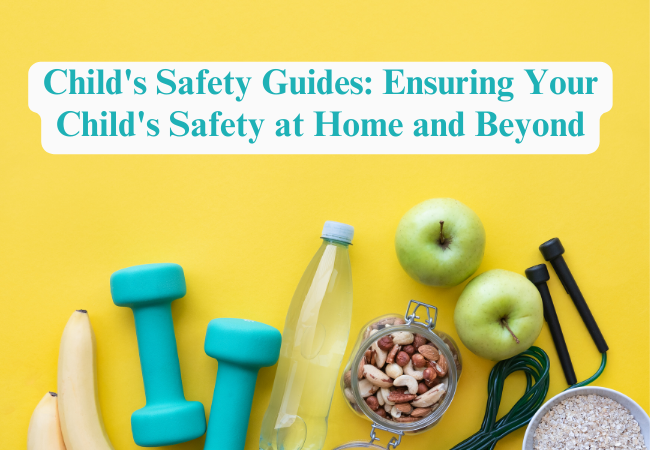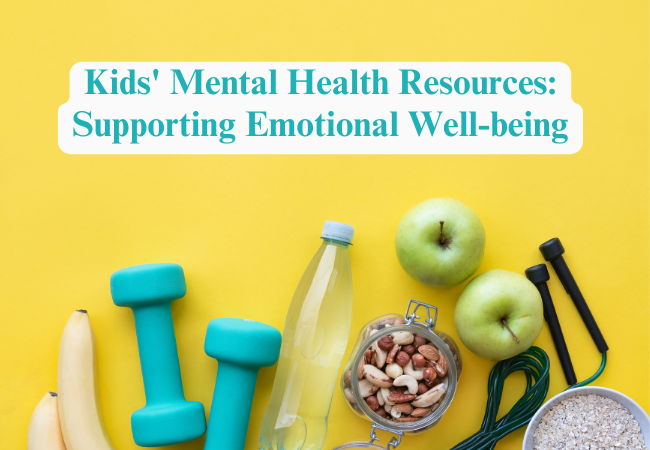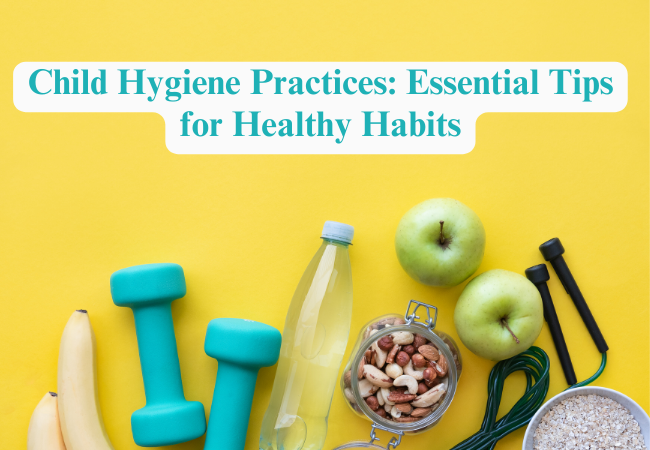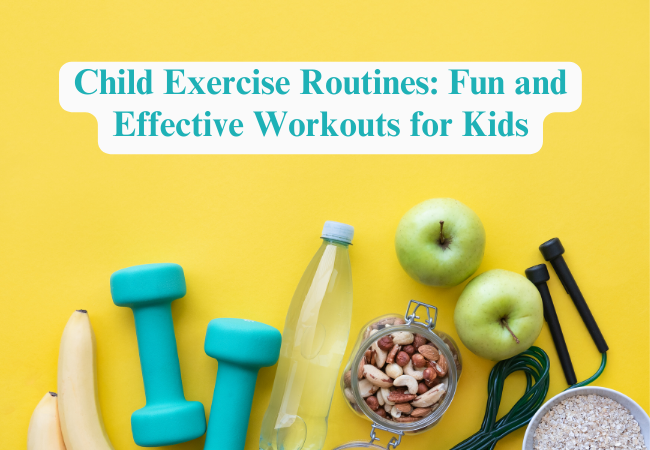Child’s Safety Guides: Ensuring Your Child’s Safety at Home and Beyond
Discover comprehensive child’s safety guides to ensure your child’s safety at home and beyond. Learn essential tips and strategies to protect your child in various environments.
As a parent or caregiver, your child’s safety is always a top priority. From the moment they wake up to the time they go to bed, children face various potential hazards in their daily lives. This comprehensive guide will help you create a safer environment for your child, both at home and in other settings. We’ll cover essential safety measures, practical tips and strategies to protect your little ones as they explore and grow.
Home Safety: Creating a Child-Friendly Environment

Your home should be a safe haven for your child. Here are key areas to focus on:
Kitchen Safety
The kitchen can be a dangerous place for curious little ones. Follow these tips to make it safer:
- Store hazardous items safely: Keep cleaning supplies, sharp objects and medications in locked cabinets or out of reach.
- Use stove guards: Install stove knob covers and a stove guard to prevent burns.
- Secure the refrigerator: Use childproof locks on the fridge and freezer.
- Manage cords: Keep appliance cords out of reach to prevent pulling or tripping hazards.
Bathroom Safety
Bathrooms pose risks of drowning and scalding. Take these precautions:
- Supervise bath time: Never leave young children unattended in the bath.
- Use non-slip mats: Place them in the tub and on the bathroom floor.
- Set water heater temperature: Keep it at or below 120°F (49°C) to prevent scalding.
- Store toiletries safely: Keep medications, razors and other potentially harmful items out of reach.
Living Room and Bedroom Safety
Make these common areas safer with these steps:
- Secure furniture: Anchor bookcases, dressers and TVs to the wall to prevent tipping.
- Cover electrical outlets: Use outlet covers to prevent electrocution.
- Manage window blinds: Keep cords out of reach or use cordless blinds to prevent strangulation.
- Choose safe toys: Ensure toys are age-appropriate and free from small parts that could pose a choking hazard.
Outdoor Safety: Protecting Your Child Beyond the Home
When venturing outside, keep these safety measures in mind:
Playground Safety
- Supervise play: Always keep an eye on your child at the playground.
- Check equipment: Ensure playground equipment is in good condition and appropriate for your child’s age.
- Dress appropriately: Avoid clothing with drawstrings that could get caught on equipment.
Water Safety
- Teach swimming skills: Enroll your child in age-appropriate swimming lessons.
- Use proper flotation devices: Ensure life jackets fit correctly and are Coast Guard-approved.
- Supervise constantly: Always watch children around water, including pools, beaches and bathtubs.
Car Safety
- Use appropriate car seats: Choose and correctly install car seats based on your child’s age, weight and height.
- Never leave children alone: Don’t leave children unattended in vehicles, even for a short time.
- Teach pedestrian safety: Educate children about crossing streets safely and being aware of their surroundings.
Internet and Technology Safety
In today’s digital age, online safety is crucial. Here are some guidelines:
- Set parental controls: Use built-in controls on devices and apps to limit access to inappropriate content.
- Educate about online dangers: Teach children about potential online risks and how to stay safe.
- Monitor online activity: Keep an eye on your child’s internet use and social media accounts.
- Limit screen time: Establish rules for healthy technology use.
Emergency Preparedness
Being prepared for emergencies can make a significant difference. Consider these steps:
- Learn CPR and first aid: Take classes to be prepared for medical emergencies.
- Create an emergency plan: Develop and practice a family emergency plan for various scenarios.
- Keep emergency numbers handy: Post important phone numbers where everyone can see them.
- Teach children about emergencies: Educate your children on how to recognize and respond to emergency situations.
Conclusion
Ensuring your child’s safety requires constant vigilance and preparation. By implementing these safety measures and regularly reviewing and updating them as your child grows, you can create a safer environment for your little one to thrive in. Remember, no safety measure is foolproof, so always supervise your children and stay informed about potential risks and new safety recommendations.
Learn more about child-proofing your home
Discover age-appropriate safety tips from the CDC
By prioritizing safety and staying informed, you can give your child the freedom to explore and learn while minimizing risks. Always trust your instincts as a parent or caregiver and don’t hesitate to seek professional advice when needed. Together, we can create safer environments for our children to grow, learn and thrive.
For more information and guide, visit usaparentingtips.com






